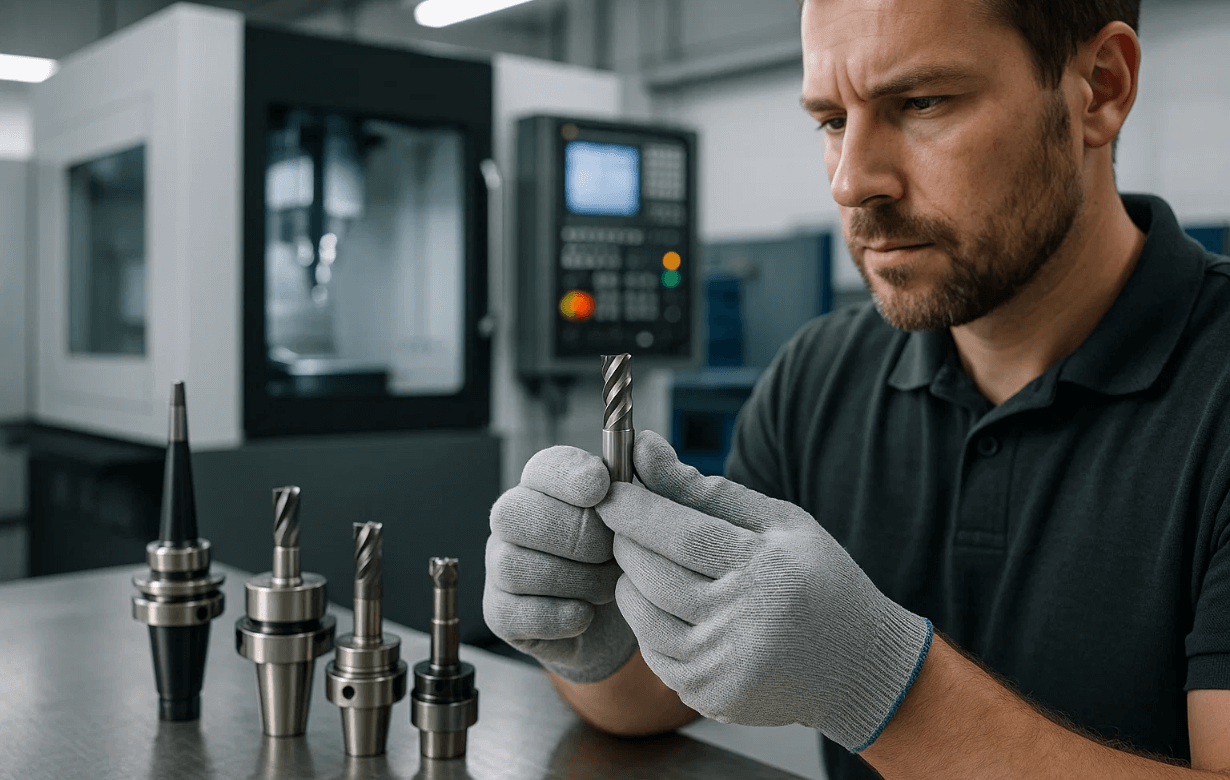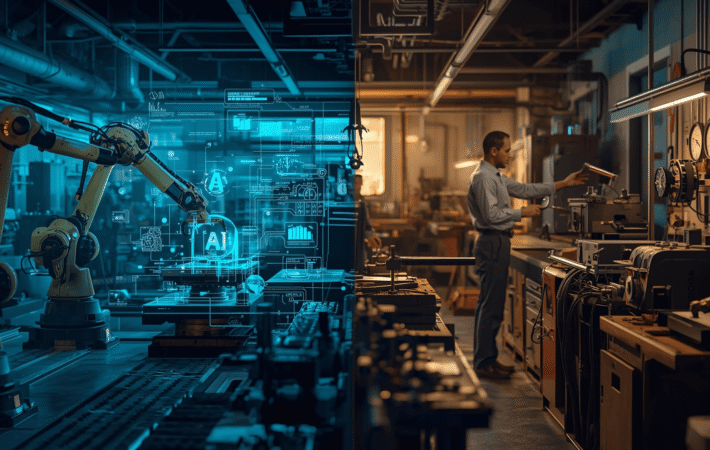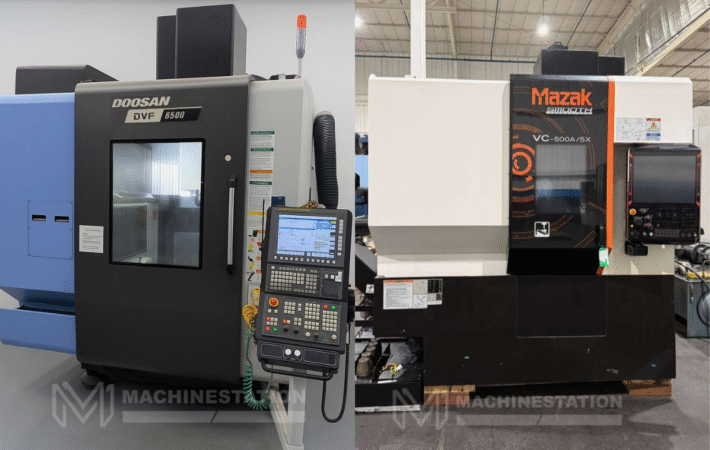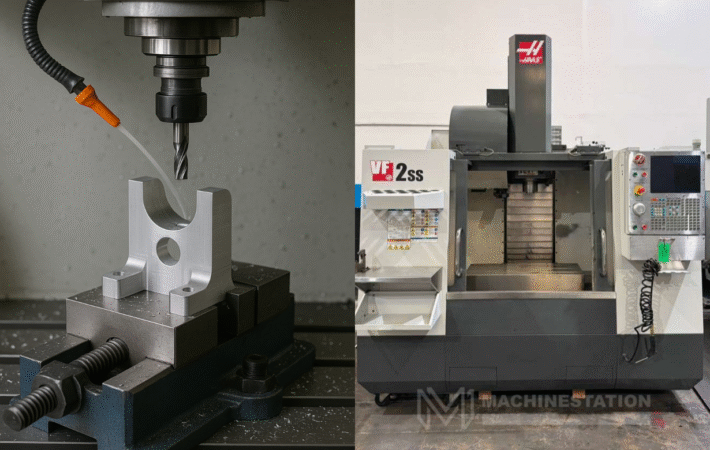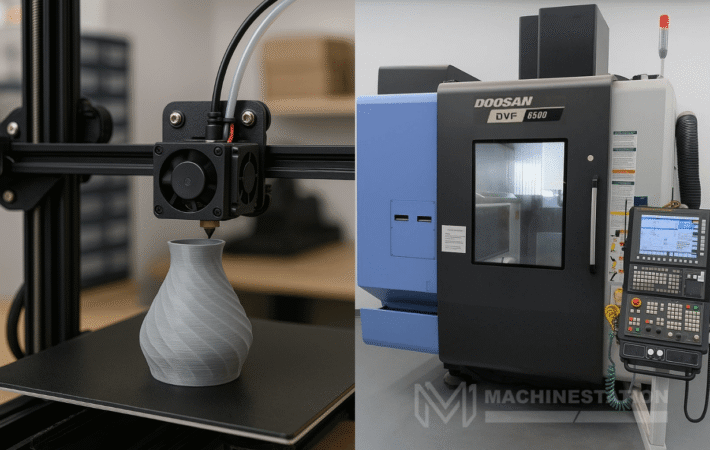CNC machines are mostly used for rough work from drilling heavy metals or molding metals under high tolerance at top speed, and all of these operations harm the machine in different ways. Though CNC machines are meant for long term machining of heavy duty materials, not taking proper care of them can lead to severe wear and tear of the cutting tool. A lot of machine operators often make this mistake and then have to pay huge amounts of money for their cutting tools to be repaired or replaced. But if you are a CNC machine operator and you don’t want to make the same mistake then no worries, because reading this article will help you in preventing any kind of wear and breakage of your cutting tool.
Steps to prevent tool wear and breakage:
Now, here are some of the effective methods which will help you to prevent any kind of wear and breakage to your CNC cutting tool:
- Select the right tool material: The number one step that you need to take to make sure that the tool of your CNC machine uses high quality materials. Choosing top quality materials like carbide which is great for cutting steel and alloys, while material like HSS suits softer materials.
Choose the right coating for your tool too, like titanium nitride (TiN), titanium carbonitride (TiCN), or aluminum oxide (Al2O3). All of these coatings help in maintaining the right thermal condition while reducing friction which helps in extending the life of your CNC cutting tool. You should select coatings rightly as per material like AlTiN for high-speed cutting, TiN for general use, and DLC for non-ferrous machining. - Optimize tool geometry: Optimizing the geometry of the tool is very important because that helps in the reduction of friction, different elements like rake angles, clearance angles, and chip breaker designs which help in controlling chips and distributing the forces evenly.
For milling operations, variable flute tools help in evacuating the chips in an efficient manner with reduced vibrations that help in further protection of the tool. - Optimize the cutting conditions: Now after dealing with the part and its geometry, you will have to adjust the machining conditions to get the best results. Like running the tool too fast can lead to extra heat generation, while running it too slow can lead to rubbing so one just needs to balance in between. Even working too deep can lead to mechanical problems and too shallow cuts can lead to friction.
You should try to operate the machine as per the manufacturer’s manual’s specifications and then fine tune it as per the material you are working on. Also, you need to focus on effective chip removal to avoid any kind of recutting of the abrasive chips. Clogged chips can lead to raising heat levels and deflection which can further lead to tool breakage. - Appropriate cooling and lubrication: Frequent cooling is very important for having an optimal machining condition and extending the life of your CNC tool. Using oil and water based coolants on cutting tools during the machining operations brings the generated heat and friction down.
But there can be different types of cooling like flood cooling for general machining, mist cooling for dry operations, and high pressure through deep coolants during heavy or deep cut machining. Also, the coolant delivery method is severely important like misting, flooding, and Minimum Quantity Lubrication (MQL) systems help in bringing the coolant right to the chip tool interface.
Maintaining coolant quality is also as important as applying the right coolant, and for that, you need to regularly monitor the pH levels of the coolant, filters, contaminants, and concentration for optimal efficiency of the coolant. - Implement tool and machine monitoring: In the next step, you can implement some advanced methods for continuous monitoring of the machine and the cutting tool. You can do real time monitoring of different things like forces, spindle load, temperature, acoustic emissions, and vibrations. Modern monitoring systems also help in alerting the user before any kind of major failure.
Acoustic emission monitoring sensors can also be used. These sensors help in detecting stress wear or edge fracture. Different embedded sensors and advanced machine learning models help in identifying wear trends and predicting the life end of the tool beforehand. Different modern innovative technologies like vibration beamforming, CNNs, and ultrasonic microphones help in achieving high accuracy in tool wear deduction. - High stability fixturing and vibration dampening: Cutting heavy materials often causes heavy vibrations which may lead to more wear on the cutting tool. Using precision tool holders shrink-fit or hydraulic chucks can help you minimize those vibrations. You should be aware of insecure clamping as that may lead to uneven wear, chatter, and even sudden tool failure.
Ensuring proper alignment of your machine is also very important, so regularly inspect your machine and make sure to calibrate it for proper alignment to decrease tool stress and wear. - Inspection, and maintenance: The cutting tool should be kept clean and sharp, so it is very important to clean it after every time of usage using solvents or ultrasonic baths, and soft brushes which will protect the coating and cutting edges while keeping the tool clean. You should also sharpen or regrind the tools before they reach their failure thresholds.
After the use is done, then you should store the machine in a dry and organized environment. The best storage for the tools is mostly their original cases or protective holders. You can also use silica gel packs and must avoid any kind of collisions with the edges. - Operator skills and training: Last but not least, the skill of the operator in handling different situations and conducting smooth machining is also very important to extend the life of the tool of the CNC machine. The operator should be trained well enough with knowledge of machining principles, features of the tool, and troubleshooting.
Also try to keep the workspace well organized, and assign a person to manage the tool distribution, tracking, and sharpening process for better management and protection of the tools, especially in large scale factories. Finally, make sure that all the operators are running the machines following all the safety protocols and manufacturer recommended procedures.
Advanced techniques to advance tool life:
Here are some of the advanced methods of modern times that you can use to extend the life of your CNC machine tool:
- You can adapt the technique of trochoidal milling, which reduces engagement and heat buildup and is especially helpful during pocketing and slotting projects.
- Methods like EDM or Electrochemical grinding can help you eliminate the mechanical wear of the machine.
- You can use High Speed Machining (HSM) strategies and adaptive toolpath to reduce chip load, while cryogenic cooling can help you with thermal strategies to make your cutting tool long lasting.
Conclusion:
The tool is one of the most important parts of the CNC machine and a damaged tool with wear and tear is of no benefit for you because it won’t be able to bring precision and accuracy in the machining works. So following our tips can help you in preventing any kind of tool wear and breakage making it work for long years. Also, if you are looking for some great used CNC machines then check our Used DMG Mori CNC Machines page.

